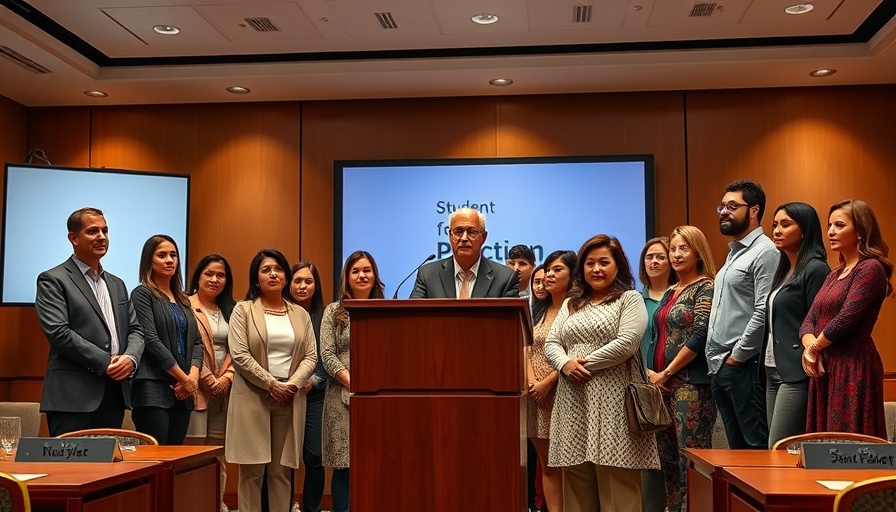
Understanding California's Flood Crisis and Prisons
In 2023, California faced unprecedented weather challenges, with massive floods threatening crucial infrastructure, including prisons in the southern San Joaquin Valley. Despite the dire circumstances, facilities like California State Prison, Corcoran, and the Substance Abuse Treatment Facility were ill-prepared for disaster, highlighting significant weaknesses in their emergency response plans.
The Inadequacy of Emergency Plans
According to a recent report from the Office of Inspector General, California’s correctional facilities lack robust emergency protocols to deal with natural disasters such as floods, wildfires, and earthquakes. The report revealed that despite having a joint evacuation plan for transferring about 8,000 incarcerated individuals, the timelines provided were inadequate. For instance, the plan designated wheelchair-bound individuals a staggering six days to evacuate and stated that transport buses could take up to a day to arrive.
This reflects a broader trend; California's prison system is currently operating at 120% capacity. This overcrowding complicates evacuation efforts and raises serious safety concerns, as authorities cannot ensure timely escapes from potentially life-threatening situations.
A Call for Improvement
Experts like Carlee Purdum from the University of Houston have pointed out that California's prisons are often marginalized in emergency planning. She described the inspector general's report as a significant first step toward mobilizing resources to strengthen disaster preparedness within correctional facilities. “We have not engaged sufficiently in these discussions or allocated state-level resources to support these institutions,” Purdum emphasized.
Advocates' Concerns on Overcrowding and Infrastructure
Advocacy groups have been raising alarms about infrastructure shortcomings in California prisons for years. A 2023 report by the UCLA Luskin School of Public Affairs cataloged the various inadequacies that exacerbate risks during natural disasters. Aging facilities, combined with overcrowding, result in a dangerous environment where the safety of incarcerated individuals comes into serious jeopardy.
Moving Forward: Recommendations for Action
The inspector general's report concluded with 18 recommendations aimed at bringing the California Department of Corrections and Rehabilitation in line with state emergency planning regulations. These measures are essential for improving preparedness, thereby minimizing the risk of harm during disasters.
As residents of North County San Diego, it is crucial to stay informed about these issues and support the movement for better emergency preparedness in our state’s prisons. Advocating for improved conditions and more substantial safety measures can save lives, both inside and outside prison walls.
Conclusion: The Path Ahead for Correctional Facilities
The need for actionable insights and robust plans in California's correctional facilities is evident. As we face worsening climate hazards, the safety of vulnerable populations, including the incarcerated, is increasingly up for debate. By acknowledging the weaknesses in our emergency frameworks and advocating for change, we can hope to build a more secure future for everyone in our communities.
 Add Row
Add Row  Add
Add 




 Add Row
Add Row  Add
Add 

Write A Comment